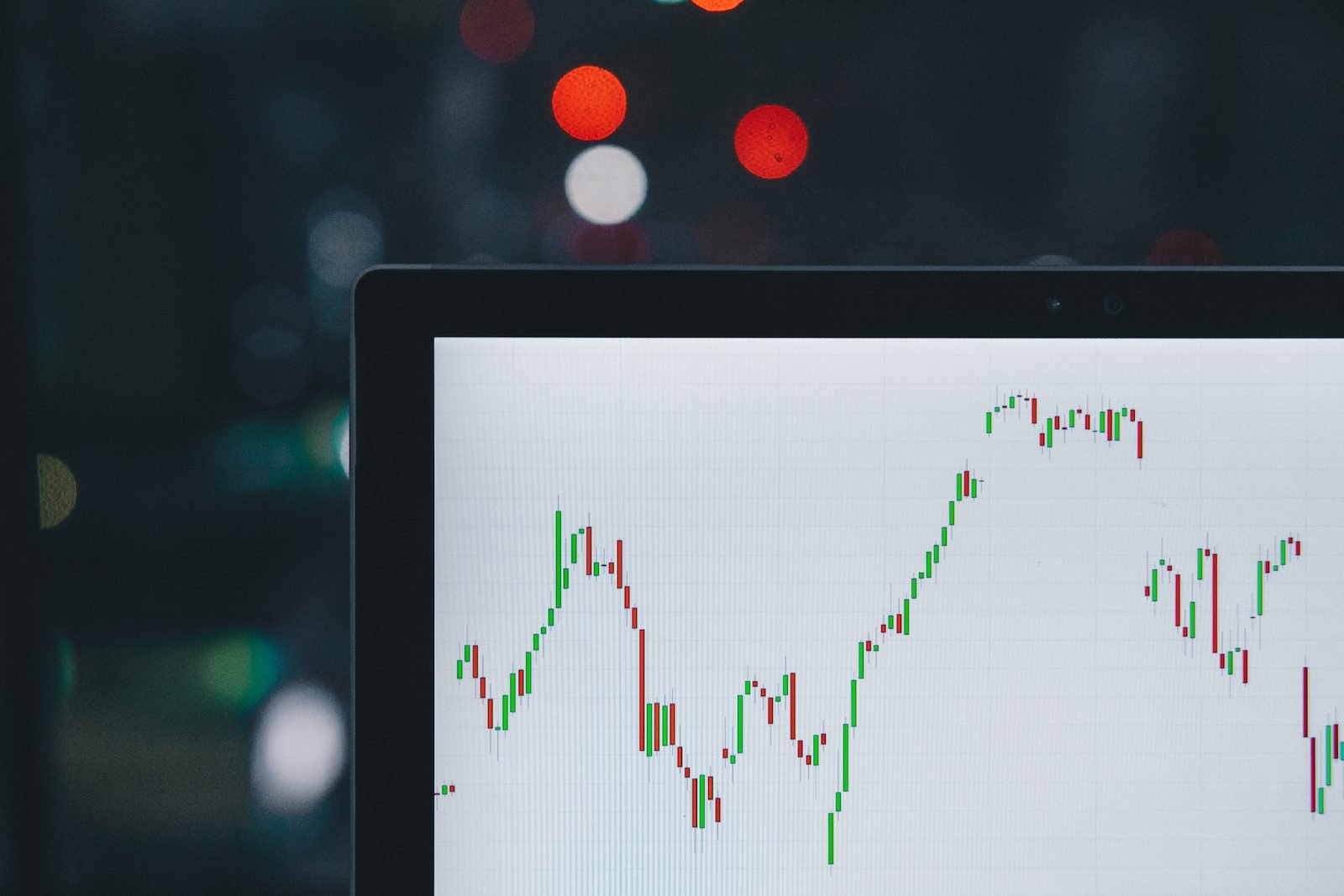The Target Maturity Fund (TMF), an open-ended index fund that invests passively in assets with predetermined fixed maturities, has experienced significant growth in recent years.
TMFs offer some degree of return certainty to investors who stick with them through the scheme’s maturity. For instance, the current yield to maturity (YTM) of the BHARAT Bond ETF—April 2031, which was established in July 2020 and replicates the portfolio of the Nifty BHARAT Bond Index—April 2031, is 7.7%. In other words, someone who is currently investing in the fund, if held to maturity, may earn a return of 7.7% annually.
TMFs run the risk of not producing the return expected at the time of investment for two main reasons: One is the tracking error, which is the difference between a TMF’s returns and benchmark as a result of different portfolio positions over time. The second is the risk of reinvestment, or doing so at a rate that is less favourable than the yield offered at the time of investment.
Before investing, verify the tracking mistake. Funds with little tracking inaccuracy perform better in comparison. Here, we outline the reinvestment risk that investors should be aware of as well as the potential effects it may have on overall returns in various scenarios.
Risk of reinvestment
In an environment of rising interest rates, TMFs are not very appealing. This is due to the fact that investors lock in lower interest rates, which may have a negative effect on the overall return, particularly if interest rates are expected to increase in the future.
Given the macroeconomic circumstances, experts think that we are currently towards the apex of an interest rate cycle. The yield on a 10-year G-sec instrument in India increased from 5.8% in mid-2020 to roughly 7.3% at this time. At the end of February, TMFs with a residual maturity of 4-5 years currently provide YTM of 7.5-7.7% annually.
If held until maturity, investing in TMFs is seen in this circumstance as an excellent opportunity to lock the investment at a higher predicted YTM.
Nevertheless, the YTM formula has the drawback of assuming that each successive cash flow (interest income) will also be reinvested at the initial return, which is never the case, according to Vishal Chandiramani, chief operating officer at TrustPlutus.
Simply put, the underlying bonds continue to pay interest that is not the yield at the time of investment but rather the rate at which it was reinvested at the time. It is likely that the next cash flows will be reinvested at lower rates if the interest cycle is already at its apex. The expected return on the investment will decrease as a result.
According to Arun Kumar, head of research at FundsIndia, the effect of reinvestment risk relies on how low the rates are compared to starting yields at the time of reinvestment.
Consider a TMF that will mature in roughly 9.5 years and was offering 7.5% YTM when the investment was made. The real return would be 7.3%, 20 basis points (20 bps) below the initial YTM, if it were assumed that all future cash flows had been reinvested at a lower interest rate of 6.5% (about 100 basis points, or bps, lower). The return on investment would be approximately 7.1% in the worst-case scenario of future yields dropping to 5.5%, which is 40 basis points less than the initial YTM of 7.5%. (A basis point is 1/100 of a percentage point.)
This demonstrates that the effect of reinvestment risk is minimal. Although it may not be the case, the formula above makes the assumption that all future cash flows would be invested at the same rate. However, it provides a good indication of the effects of reinvestment risk. Also, if the TMF’s length increases, the danger of reinvestment would increase.
Even if the reinvestment occurs at lower yields (approximately 100 bps lower than current yields), there may only be a 10–20 bps impact on returns for a 3-5 year TMF, according to Kumar.
On the other hand, keep in mind that future cash flows would be reinvested at a higher rate if interest rates increased. Then, if not higher, one can anticipate earning at least the predicted YTM at the time of investing.
What ought you to do?
As opposed to long-term TMFs with tenures of 10 years or more, Kumar advised investing in funds maturing in 3 to 5 years to lessen the reinvestment risk associated with TMFs.
Not only that, but among the several maturity categories now accessible, the 3-5 year tenure is also regarded as a sweet spot. For bonds with tenures greater than that, the yield increase from one tenure to the next is insufficiently high, and the risk/reward ratio is unfavourable.
Kumar also recommended that when investing in TMFs, investors take into account a YTM projection that is 20 to 30 basis points lower. He said that doing this would aid in better managing expectations.
The credit risk of these assets is smaller because almost all TMFs invest in relatively safer securities including G-sec, state development loans (SDLs), and AAA-rated papers. Holding investments until maturity also reduces the risk of interest rates, which can cause mark-to-market losses on investments owing to changes in the economy’s interest rates.
Due to TMFs’ tax-efficient structure, investors whose financial objectives align with their investment horizons may prefer them to fixed deposits.
If held for more than three years, TMF returns are subject to a 20% tax rate after indexation. Similar to how interest on bank fixed deposits is taxed, short-term capital gains from TMFs are taxed at individual slab rates (FDs).
A Sebi-registered investment adviser named Vishal Dhawan also highlighted the danger of future additional infusions into the TMF invested at a lower rate. “Future cash flows from new investors who made investments at lower yields could reduce the fund’s whole yield. Investing in a closed-ended FMP (fixed maturity plan) that doesn’t accept any new inflows beyond the subscription period is the only method to avoid this. Having said that, investors are advised to choose open-ended TMFs in order to trade off liquidity for a marginally better return.
Source: mint





